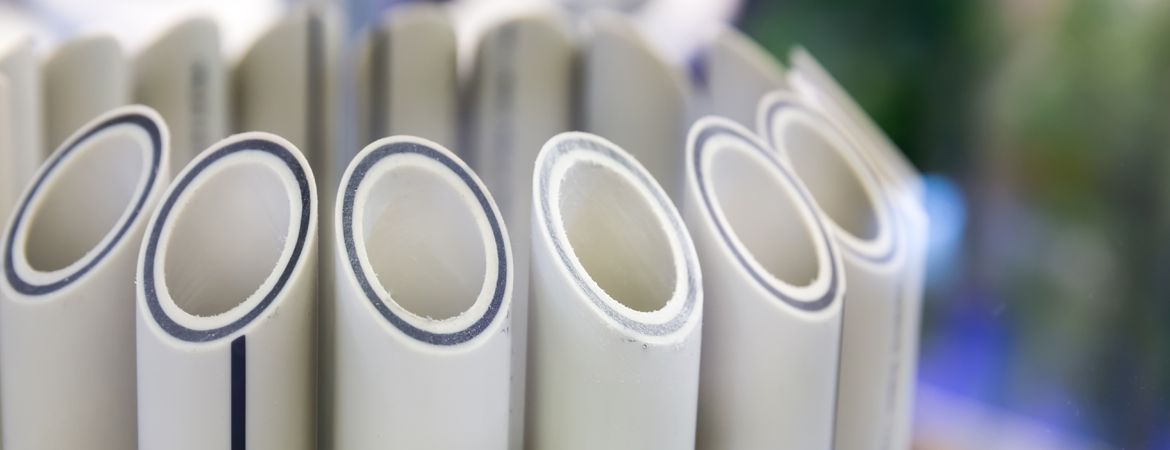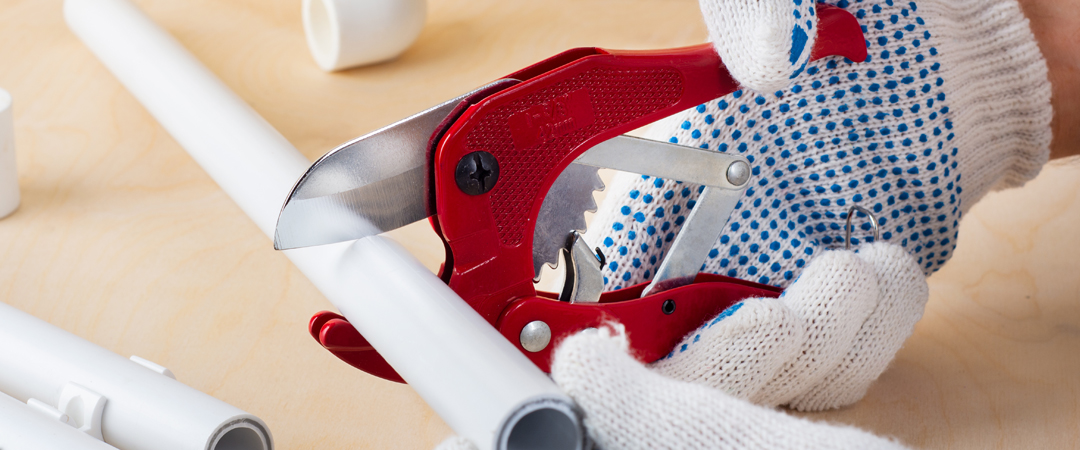
In the ever-evolving world of faucet and plumbing systems, the use of multilayer tubes is rapidly gaining popularity. These innovative pipes offer numerous advantages that have revolutionized the way plumbing solutions are designed and installed. From improved durability to enhanced flexibility, multilayer tubes provide a host of benefits that make them the go-to choice for homeowners and professionals alike.
One of the key advantages of multilayer tubes is their exceptional durability. With their layered construction, these tubes are highly resistant to corrosion, chemical reactions, and extreme temperatures, ensuring a longer lifespan compared to traditional plumbing materials. This makes them ideal for both residential and commercial applications, providing a reliable solution that withstands the test of time.
Additionally, the flexibility offers unmatched convenience during installation. Thanks to their ability to bend and adapt to different angles and curves, these tubes simplify the plumbing process, saving both time and effort. They also minimize the risk of leaks and reduce the need for additional fittings, resulting in a more efficient and cost-effective plumbing system.
In this article, we will delve deeper into the advantages of multilayer tubes in faucet and plumbing, exploring their diverse applications and potential to transform the way we approach plumbing solutions. So, let’s dive in and uncover the benefits of this groundbreaking technology.
What are multilayer tubes?
Multilayer tubes are composed of two or more layers of different materials, each serving a specific purpose. The innermost layer is typically made of a thermoplastic material, such as polyethylene, which provides excellent resistance to chemicals and corrosion. This layer is then coated with an aluminum layer, adding strength and improving the overall durability of the tube. Finally, an outer layer of thermoplastic material is applied, providing additional protection and ensuring a smooth surface for easy installation.
Enhanced durability and strength
Multilayer tubes have rapidly become the preferred choice for faucet and plumbing systems due to their exceptional durability, resistance to corrosion and chemicals, flexibility, and ease of installation. They provide a reliable solution that ensures clean and safe water supply while offering long-term cost savings.
When considering plumbing solutions for residential or commercial applications, it is recommended to explore the advantages of multilayer tubes. Their superior performance, coupled with their ability to withstand the test of time, make them an excellent investment that homeowners and professionals can rely on.
In conclusion, multilayer tubes have revolutionized the world of faucet and plumbing systems, offering a multitude of advantages that surpass traditional materials. With their enhanced durability, resistance to corrosion and chemicals, flexibility, and cost-effectiveness, multilayer tubes are undoubtedly the future of plumbing solutions. So, why settle for less when you can have a plumbing system that combines innovation, reliability, and convenience? Make the switch to multilayer tubes and experience the difference for yourself.
Resistance to corrosion and chemicals
One of the key advantages of multilayer tubes is their exceptional durability. With their layered construction, these tubes are highly resistant to corrosion, chemical reactions, and extreme temperatures, ensuring a longer lifespan compared to traditional plumbing materials. Unlike copper pipes that can corrode over time or PVC pipes that may crack under pressure, multilayer tubes provide a reliable and long-lasting solution for plumbing systems.
The multilayer construction consists of an inner and outer layer of cross-linked polyethylene (PEX) with a layer of aluminum in between. This combination creates a sturdy and robust pipe that can withstand high pressure and external forces. The aluminum layer adds strength and rigidity, preventing the tube from collapsing or deforming under stress. This durability ensures that the plumbing system remains intact and leak-free, reducing the need for frequent repairs and replacements.
Furthermore, multilayer tubes are highly resistant to impact and abrasion, making them suitable for both above-ground and underground installations. Whether it’s a residential building or a commercial complex, the durability of multilayer tubes ensures a reliable and long-lasting plumbing solution.
Flexibility and ease of installation
Corrosion is a common issue in plumbing systems, leading to leaks, reduced water flow, and even contamination. However, multilayer tubes offer excellent resistance to corrosion, making them an ideal choice for various applications. Unlike copper pipes that can be susceptible to chemical reactions and mineral buildup, multilayer tubes remain unaffected by aggressive water or corrosive chemicals.
The outer layer of cross-linked polyethylene provides a barrier against corrosion, protecting the aluminum layer from exposure to external elements. This prevents the formation of rust or scale, ensuring the integrity of the plumbing system remains intact. Additionally, the inner layer of PEX is hygienic and non-toxic, ensuring the water flowing through the pipes remains clean and safe for consumption.
The resistance to chemicals and corrosion makes multilayer tubes suitable for a wide range of applications, including hot and cold water distribution, radiant floor heating, and even industrial plumbing systems. Whether it’s in residential buildings, hospitals, or commercial establishments, multilayer tubes provide a reliable and long-lasting solution that meets the highest standards of performance and safety.

Cost-effectiveness and long-term savings
Another significant advantage of multilayer tubes is their flexibility, which offers unmatched convenience during installation. Thanks to their ability to bend and adapt to different angles and curves, these tubes simplify the plumbing process, saving both time and effort. This flexibility allows for easy maneuvering around obstacles, making installations in tight spaces or complex layouts much more manageable.
Unlike rigid copper or PVC pipes that require precise measurements and additional fittings, multilayer tubes can be easily cut and fitted without the need for excessive joints. This not only reduces the risk of leaks but also minimizes the time and cost associated with installation. With fewer fittings and connections, the plumbing system becomes more efficient, reducing the potential points of failure and ensuring a reliable flow of water throughout the building.
Moreover, the flexibility of multilayer tubes allows for easier repairs and modifications in the future. If a section of the plumbing system needs to be replaced or upgraded, the tubes can be easily bent and adjusted without the need for extensive demolition or disruption. This flexibility adds an element of adaptability to the plumbing system, ensuring it can evolve and meet changing needs over time.
Improved water quality and hygiene
Multilayer tubes offer cost-effective solutions for both homeowners and professionals. While the initial cost of multilayer tubes may be slightly higher compared to traditional materials, the long-term savings outweigh the investment. The durability and resistance to corrosion of multilayer tubes reduce the need for frequent repairs and replacements, resulting in lower maintenance costs over time.
Additionally, the ease of installation and flexibility of multilayer tubes translate into reduced labor costs and shorter installation times. The ability to bend and adapt the tubes minimizes the need for excessive fittings and connections, streamlining the installation process. This saves both time and money, making multilayer tubes a cost-effective choice for plumbing systems.
Furthermore, the improved water quality and hygiene offered by multilayer tubes contribute to long-term savings. The inner layer of PEX is non-toxic and resistant to microbial growth, ensuring the water remains clean and safe for consumption. This eliminates the need for additional water treatment systems or filters, reducing maintenance costs and ensuring a healthier living environment.
Comparison with other types of tubes – copper, PVC, PEX
Water quality and hygiene are crucial considerations in any plumbing system. Multilayer tubes offer several advantages that contribute to improved water quality and hygiene. The inner layer of cross-linked polyethylene (PEX) is non-toxic and does not leach harmful substances into the water, ensuring it remains safe for consumption.
Furthermore, the smooth surface of multilayer tubes minimizes the accumulation of bacteria, biofilm, and other contaminants. Unlike traditional materials like copper or PVC, multilayer tubes do not promote the growth of bacteria or other harmful microorganisms. This helps maintain the cleanliness and purity of the water, reducing the risk of waterborne diseases and ensuring a healthier living environment.
The resistance to corrosion and chemical reactions also ensures that the water remains free from contaminants. Corroded pipes can introduce heavy metals and other harmful substances into the water, affecting its quality and taste. However, multilayer tubes offer a reliable and hygienic solution that keeps the water safe and free from any unwanted impurities.
Conclusion and recommendations for using multilayer tubes in faucet and plumbing systems
To truly appreciate the advantages of multilayer tubes, it is essential to compare them with other commonly used plumbing materials like copper, PVC, and PEX.
Copper pipes have been a popular choice for decades due to their reliability and durability. While copper is resistant to corrosion, it can be susceptible to chemical reactions and mineral buildup, leading to reduced water flow and contamination. Copper pipes are also rigid, making them less flexible during installation, and require additional fittings and soldering. Additionally, the cost of copper fluctuates, making it less predictable in terms of pricing.
PVC pipes, on the other hand, are affordable and easy to install. However, they have limited durability and can crack under pressure or extreme temperatures. PVC pipes are also prone to chemical reactions and can release harmful substances into the water. The rigidity of PVC pipes makes them less adaptable, requiring precise measurements and more fittings during installation.
PEX pipes have gained popularity in recent years due to their flexibility and ease of installation. However, PEX pipes are susceptible to UV degradation and are not recommended for outdoor installations. PEX pipes also require additional fittings and connections, which can increase the risk of leaks and require more maintenance over time.
Multilayer tubes combine the best features of these materials, offering enhanced durability, flexibility, and resistance to corrosion. The aluminum layer provides strength and stability, while the inner and outer layers of PEX ensure water purity and resistance to chemicals. Multilayer tubes eliminate the limitations and drawbacks associated with other materials, providing a reliable and long-lasting solution for plumbing systems.

